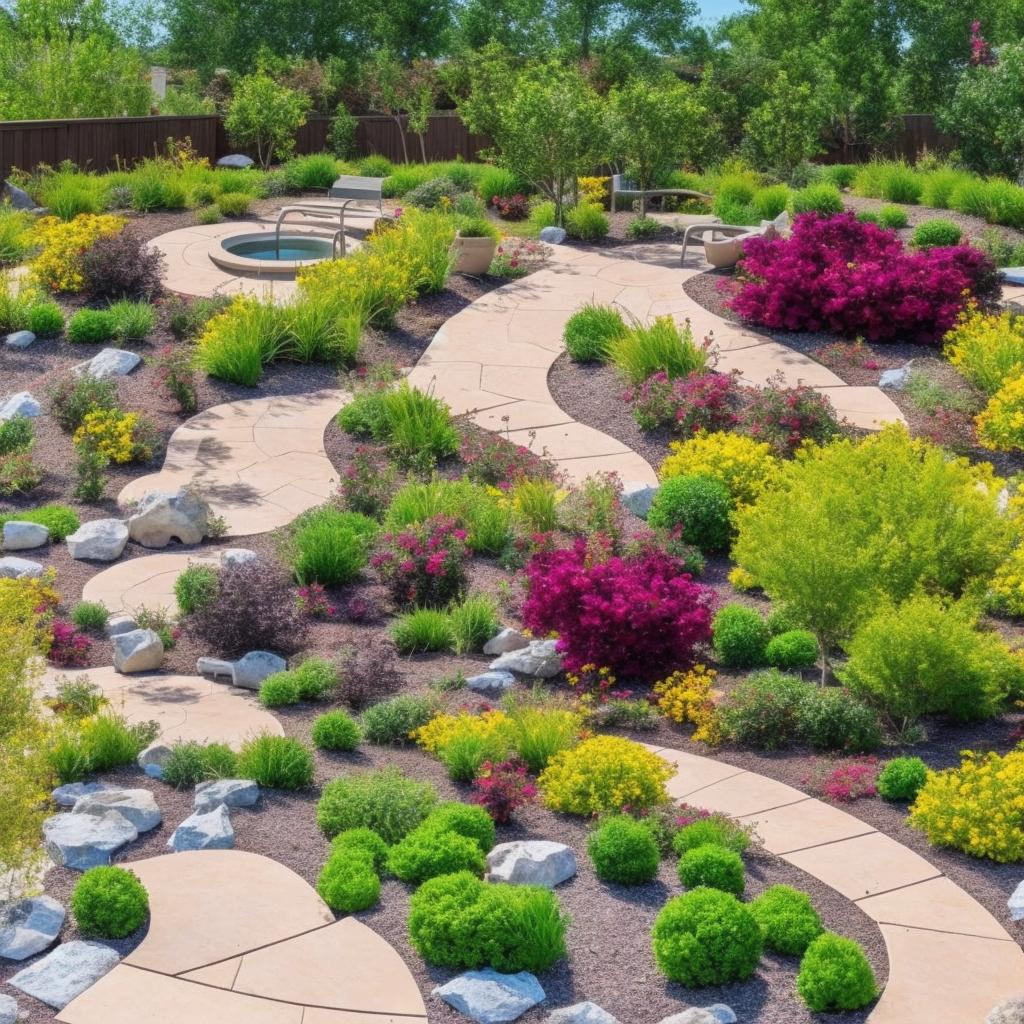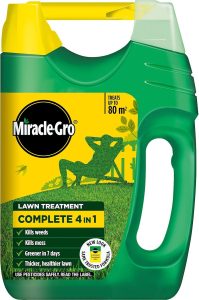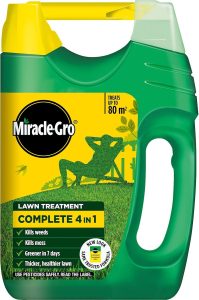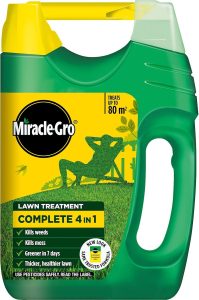As the world’s water resources become increasingly strained, many homeowners are turning to xeriscaping as a solution to create beautiful, sustainable gardens that require minimal water. In this article, we will explore the art of designing a water-wise xeriscape garden that thrives in dry conditions while reducing water consumption. Whether you’re a seasoned gardener or just starting out, these tips and tricks will help you create a stunning and eco-friendly oasis in your own backyard. Let’s dig in and unleash your inner landscape designer!
Choosing Drought-Tolerant Plants
When it comes to designing a water-wise xeriscape garden, selecting drought-tolerant plants is key. These plants are able to thrive in arid conditions with minimal water, making them perfect for conserving water and creating a sustainable garden. When choosing plants for your xeriscape garden, consider the following factors:
- Climate: Select plants that are well-suited to your region’s climate and weather patterns.
- Soil: Choose plants that can thrive in your soil type, whether it’s sandy, rocky, or clay-based.
- Water needs: Opt for plants that have low water requirements and can survive on natural rainfall.
By carefully considering these factors and selecting the right drought-tolerant plants, you can create a beautiful and sustainable xeriscape garden that will thrive even in dry conditions. Some popular choices for drought-tolerant plants include succulents, cacti, lavender, and ornamental grasses.
Creating Efficient Irrigation Systems
When designing a water-wise xeriscape garden, it is essential to consider the layout and placement of plants in order to create an efficient irrigation system. One key factor to keep in mind is grouping plants with similar water requirements together. This will help optimize water usage and prevent overwatering or underwatering certain areas of the garden. Additionally, incorporating mulch around plants can help retain moisture in the soil and reduce evaporation.
Another strategy for designing a water-wise xeriscape garden is to include drought-tolerant plants that require minimal watering. Some examples of these plants include succulents, lavender, and yucca. By choosing plants that are well-suited to the local climate and soil conditions, you can create a low-maintenance garden that thrives with minimal water. Implementing a drip irrigation system with a timer can also help ensure that plants receive the right amount of water at the right time, further enhancing the efficiency of your irrigation system.
Utilizing Mulch and Soil Amendments
Incorporating mulch and soil amendments is essential in creating a water-wise xeriscape garden that thrives in dry conditions. Mulch helps retain soil moisture, suppresses weeds, and provides insulation to plants’ root systems from extreme temperatures. Opt for organic mulches like bark, wood chips, or compost to improve soil structure and fertility. Spread a thick layer of mulch around plants, leaving a few inches of space around the stems to prevent rot.
Soil amendments, such as compost, peat moss, or perlite, can enhance soil quality by improving drainage, aeration, and nutrient retention. Mix amendments into the existing soil before planting to create a healthy growing environment for drought-tolerant plants. Consider conducting a soil test to determine any deficiencies and adjust the pH level accordingly. With the right combination of mulch and soil amendments, you can design a sustainable xeriscape garden that conserves water and thrives in arid landscapes.
Incorporating Hardscaping Elements
When designing a water-wise xeriscape garden, can add both functionality and beauty to the landscape. One way to do this is by using permeable paving materials such as gravel, decomposed granite, or flagstone. These materials allow water to penetrate the ground, reducing runoff and helping to conserve water.
Another way to incorporate hardscaping elements in a water-wise xeriscape garden is by adding features such as stone or concrete retaining walls, which can help prevent erosion and create defined planting areas. Additionally, installing a drip irrigation system for any hardscaped areas can ensure that water is efficiently delivered to plants’ roots, minimizing water waste. By thoughtfully integrating hardscaping elements into your xeriscape design, you can create a beautiful, sustainable garden that conserves water and reduces maintenance needs.
Closing Remarks
In conclusion, designing a water-wise xeriscape garden is not only beneficial for conserving water but also for creating a beautiful and sustainable outdoor space. By incorporating drought-resistant plants, efficient irrigation systems, and mulching techniques, you can create a garden that thrives even in the driest of climates. So why not take the plunge and transform your backyard into a water-wise oasis that will not only save you time and money but also help to conserve our precious water resources for future generations. Happy gardening!




